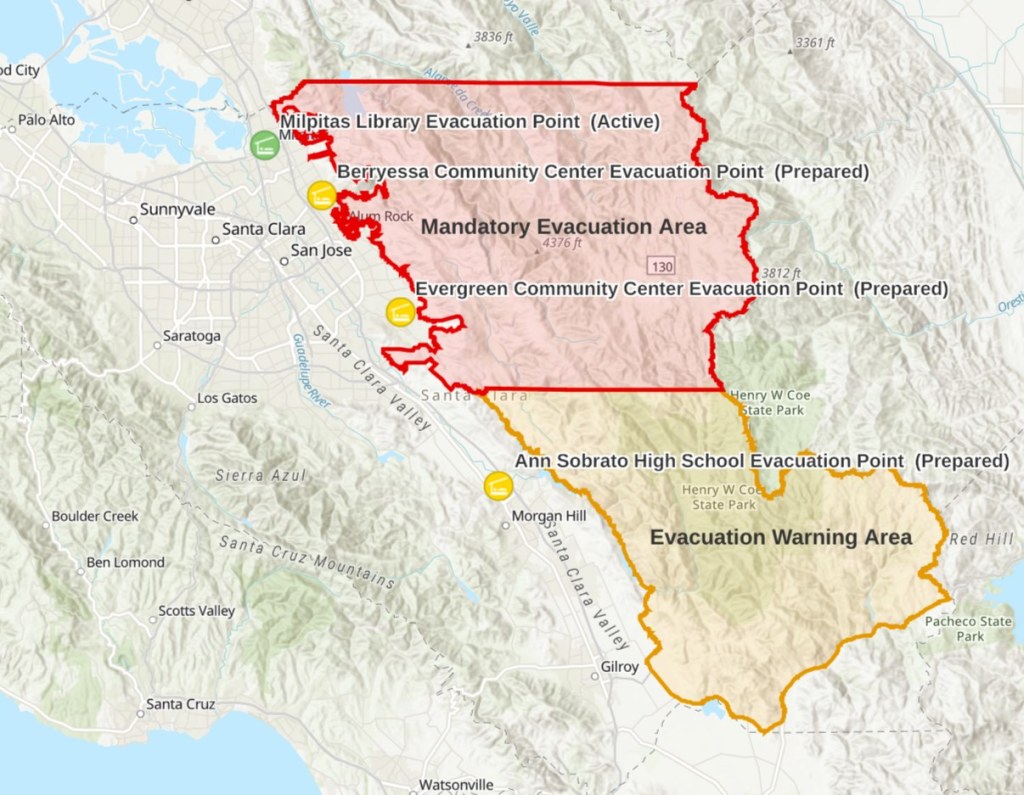I live in San Jose, and we’re sandwiched in between three large fires, including two of the top three fires ever in California. In fact, 17 of the top 20 California fires of all time have occurred since 2003.

While the 2020 fires were started by natural causes – lightning, it is clear that the enormity of the blazes is anything but natural. These fires are a microcosm of the importance of ecology and environmental stewardship.
And California is not alone. Arizona, Oregon, Colorado, Montana, British Columbia, and other western states and provinces have had similarly frightening trends.
Why has the western US had so many large fires in recent years? Here’s a quick list of reasons, and you’ll see how everything inter-relates.
First, we have decades of fire suppression policy that has allowed fuels to build up in many forests. These are things like shrubs, branches, leaves, and pine needles. Forests have grown more dense as a result. This fire suppression policy has also led to more human development in fire prone areas, leading to a vicious cycle where we MUST suppress fires to save people and their property. Of course, fuel build-up wasn’t a primary contributor in all of these fires – some were in grasslands and mixed oak woodland habitats.
Next, we have diseases and failing forest health, some due to introduced invasive species. White pine blister rust has been a multi-decade problem, and sudden oak death has been on the rise in this century.
The most severe drought in recorded California history occurred in 2011 through 2017, causing massive die-offs. One study showed that the worst impact was at 3800’ elevation, where a near 80% mortality rate occurred.
Drought stress, combined with disease and warming temperatures make these forests more susceptible to normal threats, such as native boring beetles.
And as California was settled, many non-native grasses and trees were introduced – many of which are non at all fire friendly. I see Eucolyptus trees in foothill properties, basically acting like towering match sticks.
So, when a fire does start, regardless of the cause, we potentially have years of excess fuel build up, diseased and dead trees ready to burn, resulting in larger, hotter fires that don’t just burn the surface, but climb to the crowns, killing even the most resilient trees.
And in the 2020 fires, this was preceded by unprecedented heat, creating even more of a tinderbox. But, if recent history and climate models are any indicator, this year’s unprecedented heat will quickly be thrust down the listing as hotter and hotter years occur.

Fixing these problems is going to take many years of concerted effort, unpopular policies, and compromises. Are we up to the task?
I’m not a fire ecologist – just an informed citizen, so please forgive me if this short blurb is incomplete or has any inaccuracies. Leave me comments or email me using the CONTACT link above.
And if you know a fire ecologist or similar expert that you think would make for a good guest on the show, please let me know!
By the way – I highly recommend the book “Fire Season: Field Notes from a Wilderness Lookout” by Phillip Connors. This is a quick read and contains lots of good basic science and fascinating anecdotes from Phillip Connors’ years of service at a wilderness fire tower lookout.
